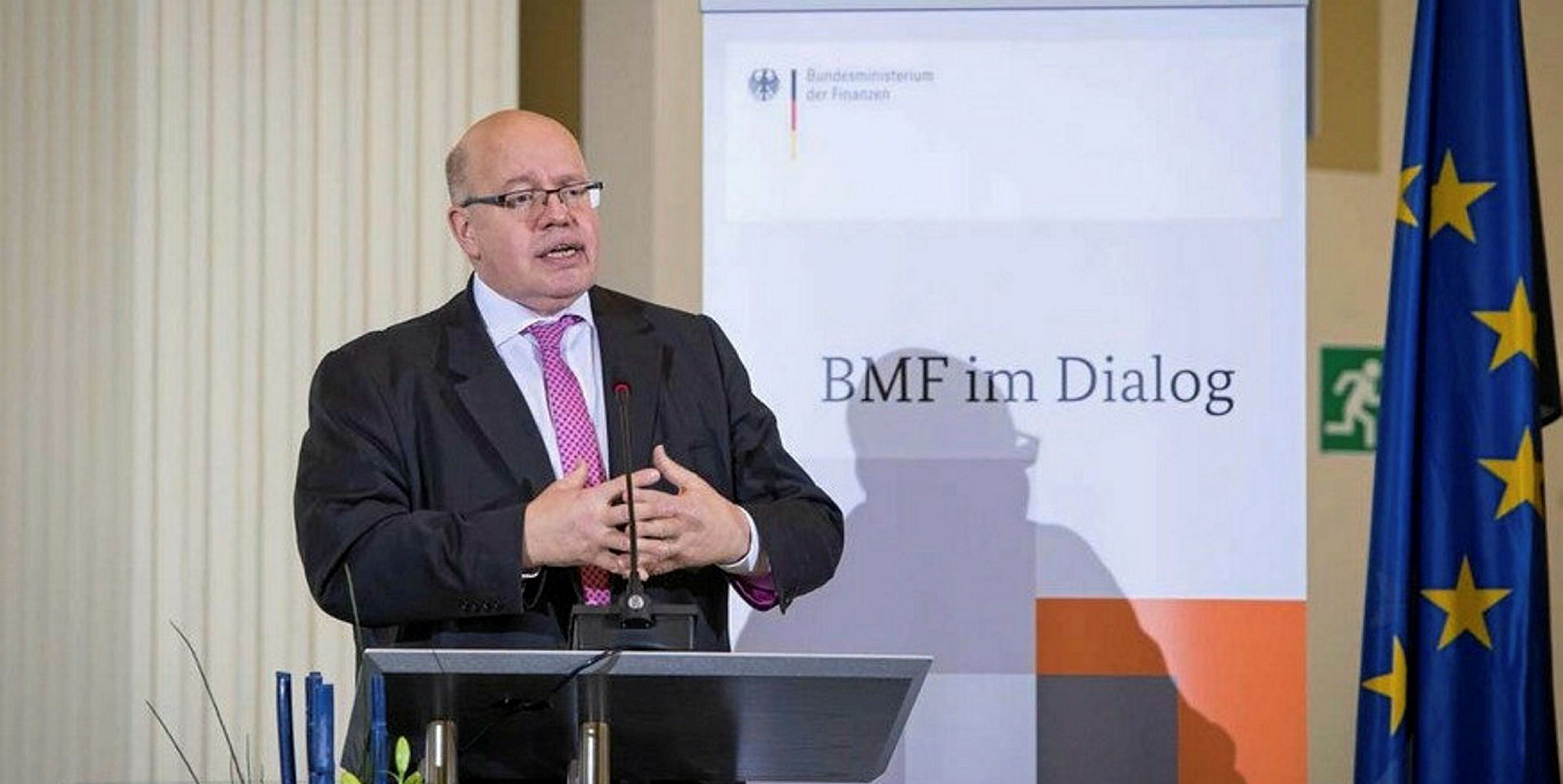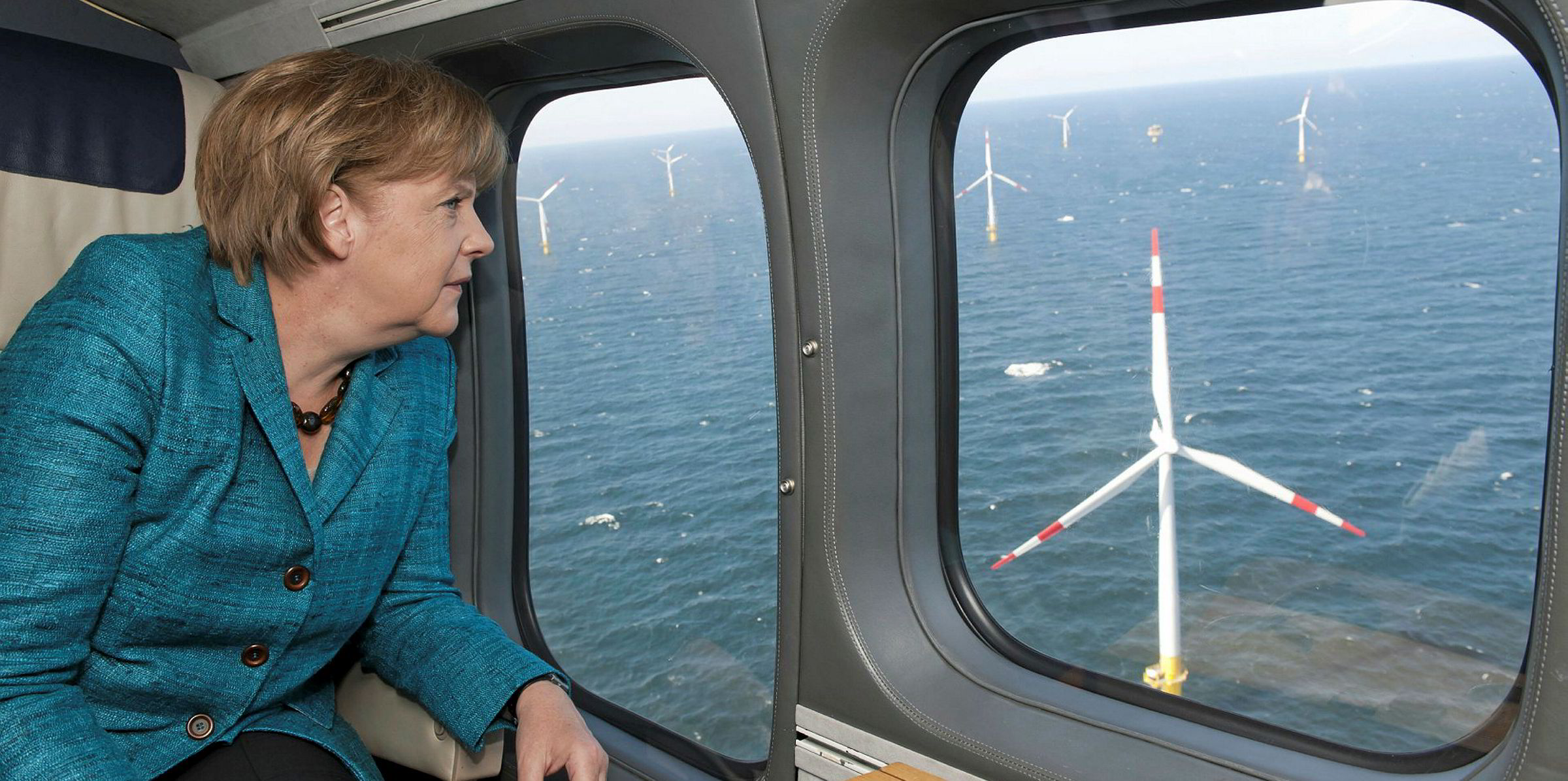Germany’s wind industry is gearing up for a crisis summit on Thursday with energy minister Peter Altmaier, as it lobbies for action against an ongoing permitting malaise onshore and extra tendering offshore that is not matched by any government proposals.
Altmaier, who is also economics minister, has invited representatives of the wind sector and members of anti-wind protest groups to meet him in an attempt to find solutions to a rapid decline in turbine expansion in what used to be Europe’s largest market.
Germany during the first half of this year only had net additions (once decommissioned turbines are subtracted) of 231MW on land, an 82%-decline from the year-ago period. In offshore, better installation figures are expected this year, but a lull seems unavoidable early in the next decade.
The collapse of wind power expansion could endanger the country's target to reach 65% of renewables in the power sector by 2030. It also has already harmed the results of wind turbine manufacturers, prompting Denmark’s Vestas to lay off staff and adding to the problems at insolvent Germany-based peer Senvion.
To counter that trend, Germany’s wind power federation BWE is demanding a clear and detailed commitment by Altmaier and Chancellor Angela Merkel’s government in favour of wind power.
“A road map in which federal and state governments sing up for comprehensible steps on how to reach the 65% target of renewable energies by 2030 would be an important instrument for that,” BWE president Hermann Albers said.
“One result of the wind power discussion would be a commitment to jointly carry the Energiewende [energy transition] and the build-up of wind energy.”
The BWE, other wind as well as nature conservation groups have sent the government a 27-page proposal for an action plan on how to speed up and increase permits for wind farms on land.
It includes calls for rescinding damaging distance rules (such as the one in Bavaria), making reliable data available on the development of the population of certain species (to avoid legal claims against wind projects to utilise random research), giving wind projects priority in spatial planning, and making 2% of the area of each federal state available for wind power.
The industry has high hopes the government will incorporate at least some key points of the action plan into its mid-term energy policy.
"I am confident that the ministry will use some of the points as a basis for concrete proposals," Karsten Brüggemann, vice president region Germany at turbine OEM Nordex told Recharge in an interview this week.
"Most important from my point of view is that the government is giving a clear commitment and statement that onshore wind in Germany is an important corner stone of the Energiewende. This should be joined also by the federal states."
Seven wind groups (mostly in the offshore sector) ahead of the Thursday ‘wind summit’ also demanded an additional tendering volume of 2GW for wind at sea, reminding the government of its promise in coalition talks last year of a “special contribution” of offshore wind to reach climate targets.
“Germany should take a leading position again. Therefore, we need at least to put into practice the announced special contribution,” the wind groups said in a statement today.
The extra 2GW could be built already starting in 2023, and use free capacities at converter stations identified in the North and Baltic Seas.
No concrete proposal from the government has been made public or leaked ahead of Thursday’s crisis meeting with Altmaier.
The government has been silent also about any proposals on how to put into practice recommendations of the so-called coal exit commission on how to phase out coal and lignite and burning in Germany by 2038, other than a cabinet OK for massive structural aid for regions to be affected.
UPDATED with comment by Nordex executive


